In the 1970s, when Hindi cinema was coming out of the chocolate box, an unconventional face emerged, eschewing the pout and sullen face to sculpt a woman who refused to be a satellite of a hero. Shabana was lucky enough to take the plunge when New Wave was taking shape and found a bevy of innovative directors like Shyam Benegal, Mrinal Sen, Goutam Ghose, Basu Chatterjee and Mahesh Bhatt who tempered her talent to create an alchemy of ideas on screen. Over the years, her films may have flopped, but Shabana always shone brightly.
Born to renowned actor Shaukat and poet Kaifi Azmi, Shabana’s conscience takes root in a household where progressive poetry and proletarian politics are in the air. If Faiz and Ali Sardar Jaffrey’s poems distilled in her young mind from the baitakas organized in Kaifi’s Janki Kutir drawing room in Juhu, the stark realism of the drama unfolding next door at the iconic Prithvi Theater was hard to resist.
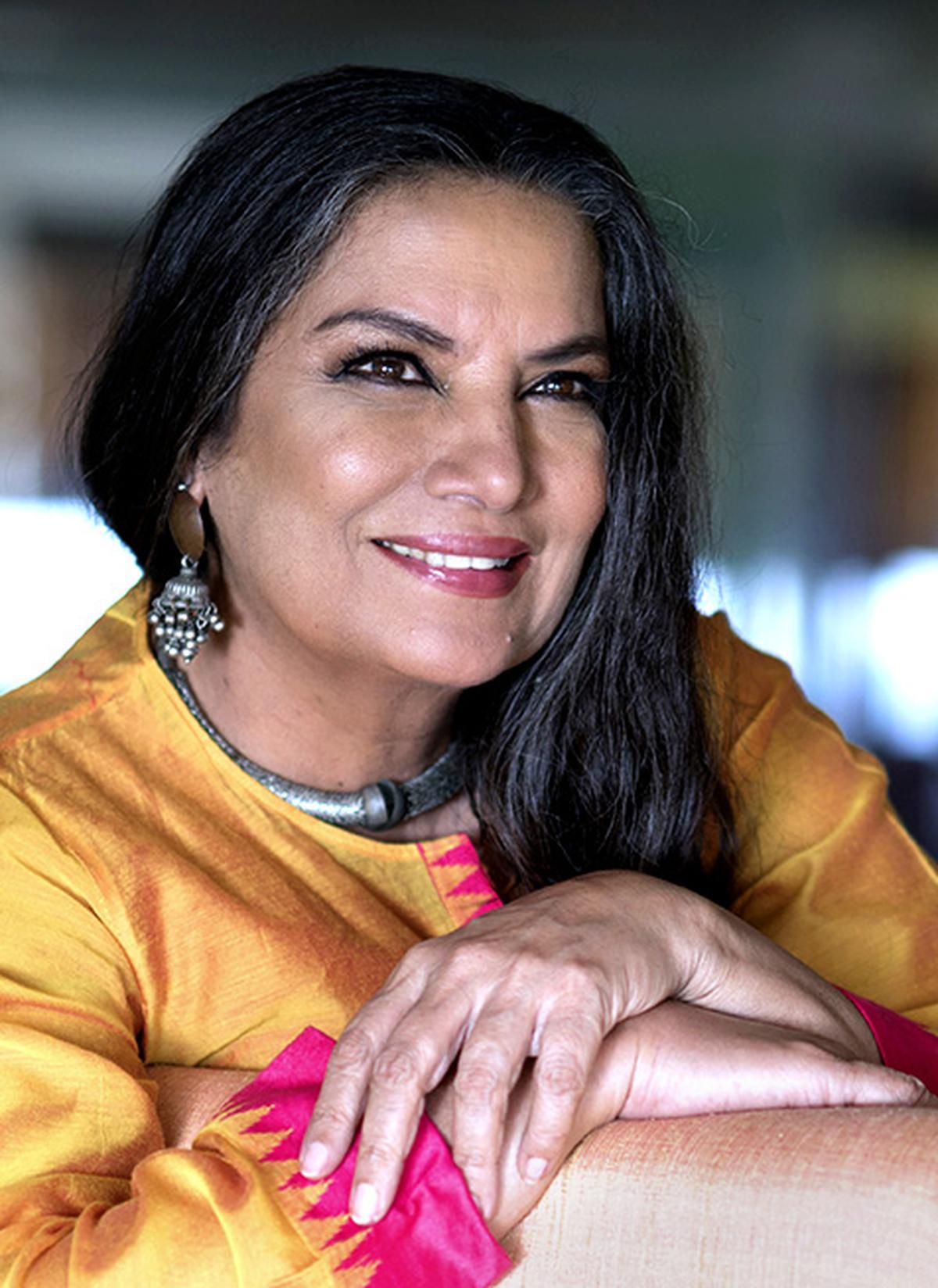
Shabana Azmi is known to empathetically accept fringe characters. | Photo: YOGESH CHIPLUNKAR
A strong presence
The liberal atmosphere instilled in her the belief that the role of art is not simply to entertain. Having imbibed the spirit of the communist household from a very young age, it was not difficult for her to understand the value of cooperation, which essentially requires any permanent work of cinema. Already with her first appearance on the screen in Ankurwhere the young, suave Shabana plunged into the role of the diatribe-speaking maid who is seduced into an illicit relationship by her master, she empathetically embraced characters from the fringes.
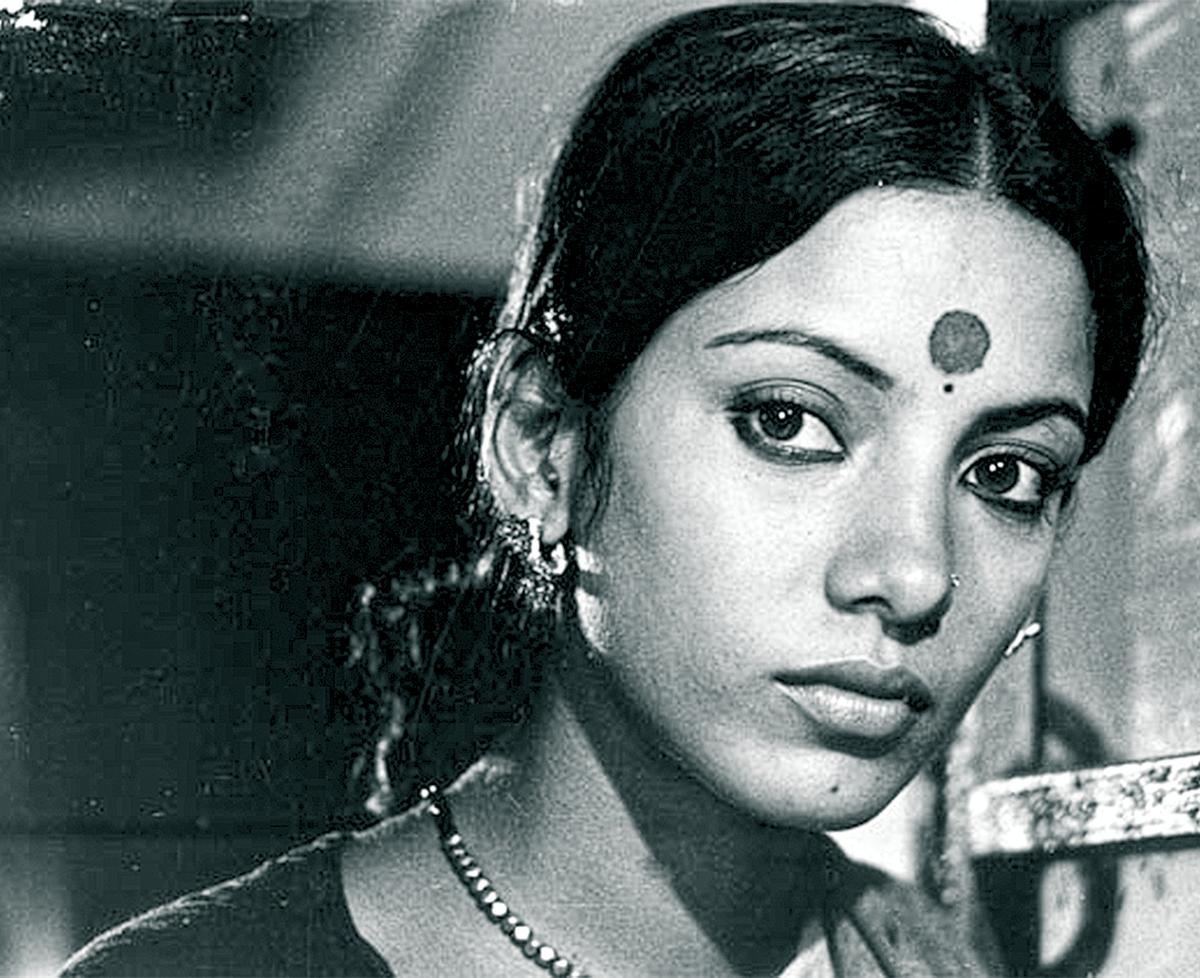
Shabana Azmi started her film career in 1974 with Ankur
| Photo: Hindu Archives
Over the past five decades, Shabana has shown an uncanny ability to make the mundane dramatic and the dramatic believable. She allows life to fuel her characters and preserves the detritus left over from her performances to inform the greater purpose of her existence, where art and activism intermingle without prejudice. “Art also has the right to provoke,” she once told this journalist. Staunchly against injustice and bigotry of all kinds, she became the voice of slum dwellers. She condemned protests against Pakistani ghazal singer Ghulam Ali’s performance in Mumbai and was among the first to criticize the fatwa issued against AR Rahman for music in an Iranian film about the Prophet Muhammad.
Not an on-off actor, she values training and rehearsal over instinct. It is hard to find a false note in her performance as a Carnatic singer A morning ragaa performance that won her praise from Sitar maestro Pt. Ravi Shankar. Few remember that she sang ghazals for her character in Muzaffar Ali Conference and delivered Rabindra Sangeet at Aparna Sen’s Sonata.

on the sets of Shatranj ke Khiladi. Satyajit Ray explains a scene to Shabana Azmi. | Photo: Hindu Archives
Shabana also has that ability to humanize the insecure woman who squirms at the thought of sharing someone she cares about. She expressed different shades of this fear of the facade falling apart chess players, Massum, Pestonjee, muhafiz and Makdi with a hint of hysteria. She likes to bring home the idiosyncrasies of her characters to consider their human condition, to place them in social context, and returns to deliver performances that have aged gracefully like her.
Here are five movies that define her charisma.
Shabana Azmi. | Photo: SIVAKUMAR PV
Art (1982)
To Mahesh Bhatt Art is Shabana’s what Mother India it was Nargis’s. From a wife whose face turns pale at the thought of her husband leaving her for another woman to becoming a self-sufficient woman, Shabana impresses Pooja with remarkable empathy and strength. Interestingly, this was one of those scenes where Bhatt didn’t let Shabana prepare and her instinctive response to the stimulus is still awe-inspiring.
The film gave her an opportunity to lip-sync her father’s lyrics – ‘Tum Itna Kyon Muskara Rahe Ho, Kya Gham Hai Jisko Chhupa Rahe Ho – became an anthem for aching souls.
Having grown up in a communist household where daily life was hand-to-mouth but gender equality was a given, mapping Pooja’s journey enriched Shabana’s understanding of Indian women. “My mother worked when my father, a poet, did not earn much. It was when I did Art and played a character who says no to her man even after he says I’m sorry, I realized how big a step it was,” she told this journalist in a previous interview.
The distributors feel that the ending will not work because it is too much for an Indian man to apologize and still not be accepted by his wife. The film did good business, but soon Shabana started receiving letters from women who felt suffocated in their family life. “The last thing I wanted was to become an agonizing aunt, but the film turned out to be cathartic for middle-class women who are yet to differentiate between a character and a real person.
Mandy (1983)
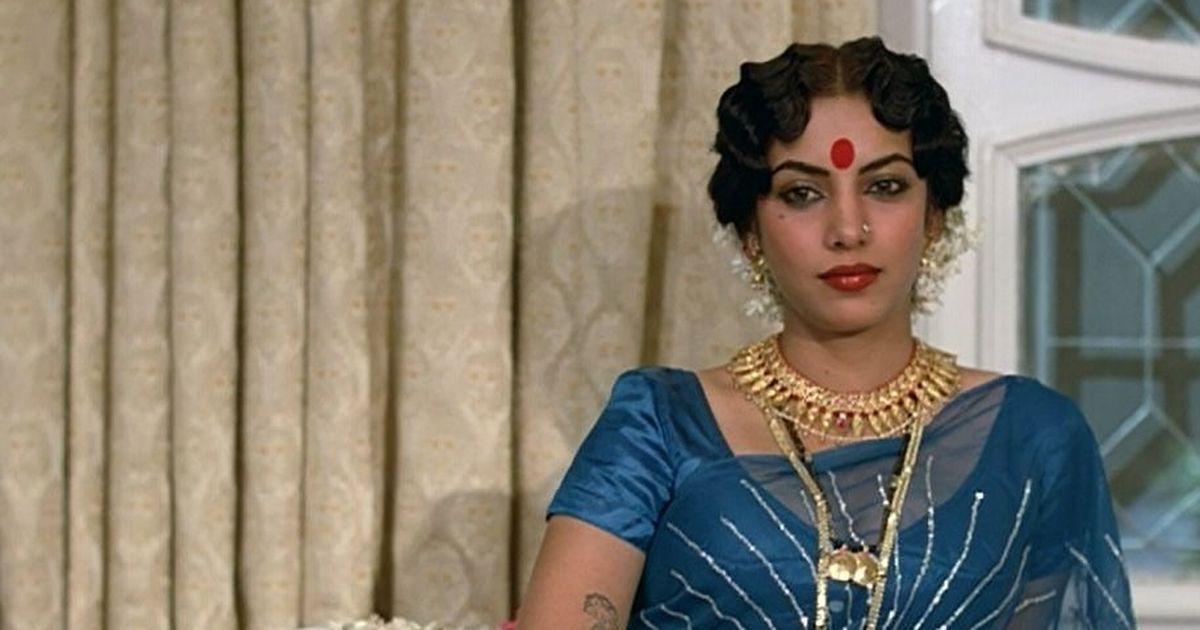
Shabana Azmi’s version of Rukmini Bai in Mandy stands stagnant even after many decades. | Photo: Special arrangement
from Ankur and Nishant to Susman and Hari BhariShabana is a constant in Shyam Benegal’s universe. Mandy is perhaps their greatest collaboration yet. As Rukmini Bai, a brothel madam, she is both the hunter and the hunted in this sharp satire on the position of sex workers in society. Shabana gained weight for the role, made paan chewing a habit and visited red-light zones to create a lively character who becomes cunning, comical and sharp to survive in filth. We have had several versions of Rukmini Bai but she stands tall in the market.
a pair (1984)
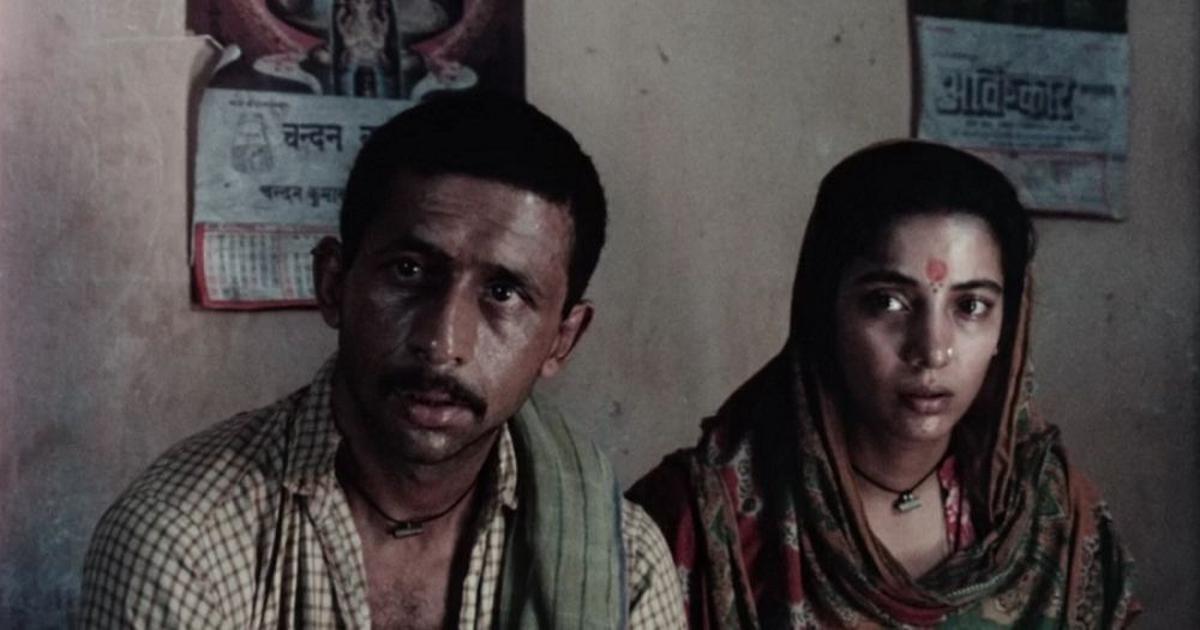
Shabana paired with Naseeruddin Shah a pair.
With Naseeruddin Shah, Shabana formed one of the most iconic screen couples in the Indian film industry. from Asparagus and Massum to Pestonjee and Clothingthe two have created many magical moments on screen. But their dedication to revive the plight of the landless Dalit laborers in Goutham Ghose a pair remains unsurpassed. The 12-minute sequence in which Naurangia and Rama transport a herd of pigs across a raging river is etched in the memory of cinephiles. Their exhaustion and exhilaration are goosebumps. “It was an emotionally and physically demanding scene, but Shabana and Naseer were amazing,” says Goutam Ghose.
Handahar (1984)
Mrinal Sen’s film is a great example of how Shabana allows the silence of her characters to speak to the audience. Perhaps that’s why she’s a great choice for decoding literary works that don’t lend themselves easily to cinematic interpretation. Khandahar, b.based on Premendra Mitra’s Bengali short story, Shabana’s Jamini epitomizes the ruins of relationships. Bound by duty and love for her ailing mother, alive to see the return of her daughter’s suitor, Jamini finds hope when a city photographer appears in her life, but his gaze also turns out to be exploitative. Echoing the crumbling facade of the building, Shabana reveals Jamini’s mental architecture.
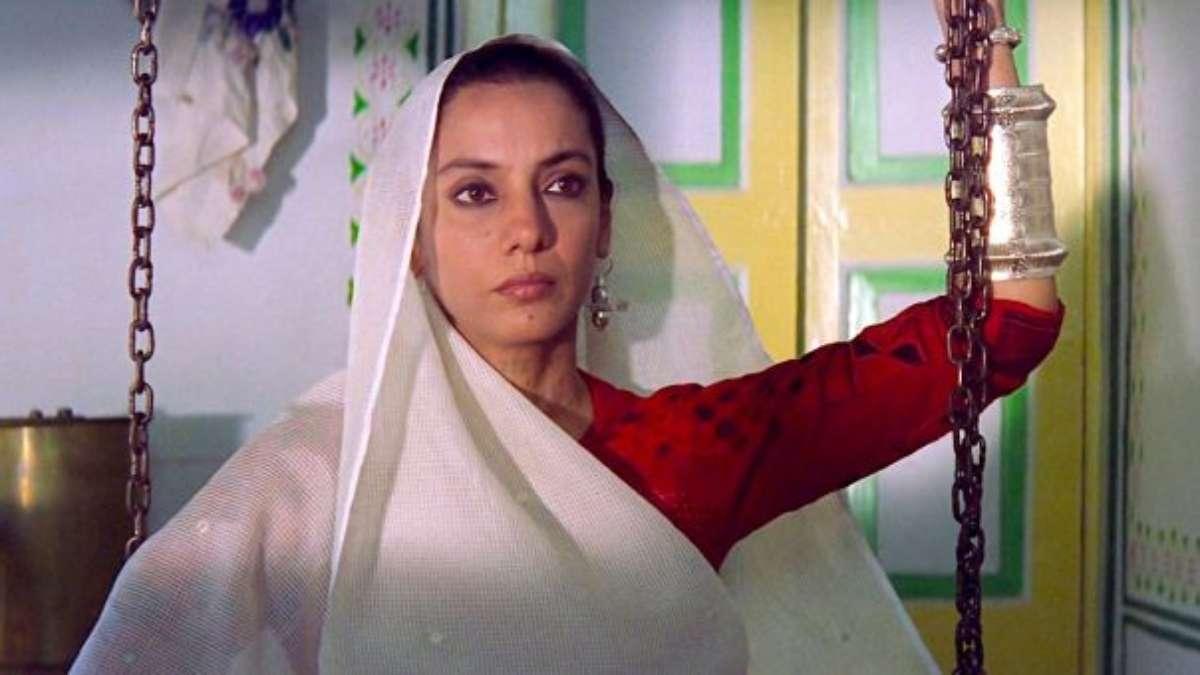
In Godmother, Rambhi’s stunning portrayal of Shabana won her her fifth National Award for Best Actress. | Photo: Special arrangement
godmother (1999)
Throughout her astonishing career in parallel cinema, Shabana never stopped searching for a direction that would connect her craft with the reach of mainstream cinema. Early in her career, she worked with Manmohan Desai, but in his universe she was far from a driving force. She impressed the cynics with her touching portrayal of a selfless mother in the Bollywood melodrama Avatar (1983) but it was Vinay Shukla’s godmother this challenged her to create the ruthless Rambhi, a character who has an art house film background but gradually becomes a mainstream artist avenger. It didn’t quite fit into her worldview, but Shabana delivered a stunning performance that won her her fifth National Award for Best Actress.
Shabana Azmi in the movie A morning raga. | Photo: XXX
Published – October 3, 2024, 6:47 PM IST
